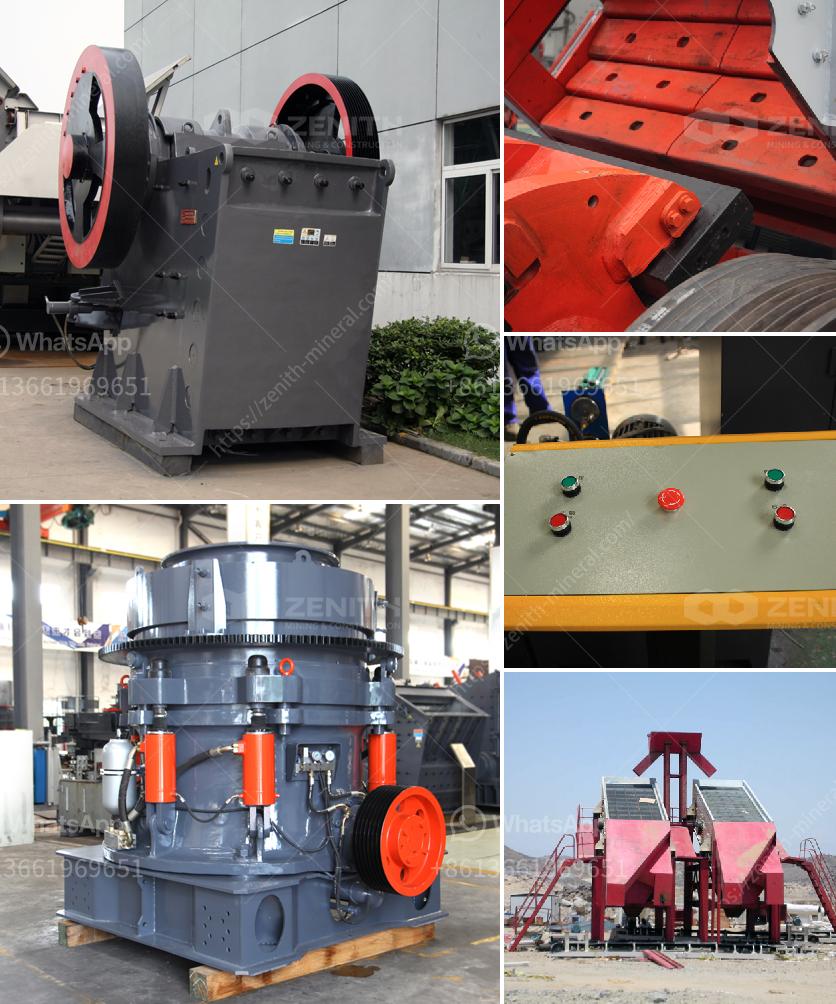Choosing the right vibrating screen for your application involves considering several factors to ensure optimal performance and efficiency. Here are the key aspects to consider when selecting from seven different vibrating screens:
1. Material Characteristics
- Type of Material: The nature of the material you are screening (e.g., wet, dry, fine, coarse) will significantly influence your choice. For instance, fine materials may require a screen with smaller apertures.
- Moisture Content: Materials with high moisture content may require screens with anti-clogging features.
- Bulk Density: Heavier materials may need more robust screens to handle the load.
2. Screening Capacity
- Throughput: Determine the amount of material you need to process per hour. Higher throughput requirements may necessitate larger or multiple screens.
- Screen Size: Larger screens can handle more material but may require more space and power.
3. Screening Efficiency
- Aperture Size and Shape: The size and shape of the screen openings should match the desired particle size distribution.
- Screen Decks: Multiple decks can separate materials into different sizes in one pass, increasing efficiency.
4. Vibration Mechanism
- Type of Vibration: Different screens use various vibration mechanisms (e.g., circular, linear, elliptical). The choice depends on the material and desired screening action.
- Amplitude and Frequency: Adjusting these parameters can optimize the screening process for different materials.
5. Durability and Maintenance
- Material of Construction: Screens made from durable materials like stainless steel or polyurethane can withstand harsh conditions and reduce maintenance needs.
- Ease of Maintenance: Consider screens that are easy to clean and maintain to minimize downtime.
6. Space and Installation
- Available Space: Ensure the screen fits within the available space in your facility.
- Installation Requirements: Some screens may require specific foundations or supports.
7. Cost and Budget
- Initial Cost: Compare the upfront cost of different screens.
- Operating Costs: Consider energy consumption, maintenance, and potential downtime costs.
8. Manufacturer Support
- Technical Support: Choose a manufacturer that offers good technical support and after-sales service.
- Warranty: Check the warranty terms to ensure long-term reliability.
Example Scenario
Suppose you are processing a fine, dry material with a high throughput requirement. You might choose a large, multi-deck vibrating screen with small apertures and a linear vibration mechanism. The screen should be made of durable material to handle the high load and minimize maintenance.
By considering these factors, you can select the most suitable vibrating screen for your specific needs, ensuring efficient and effective material processing.

